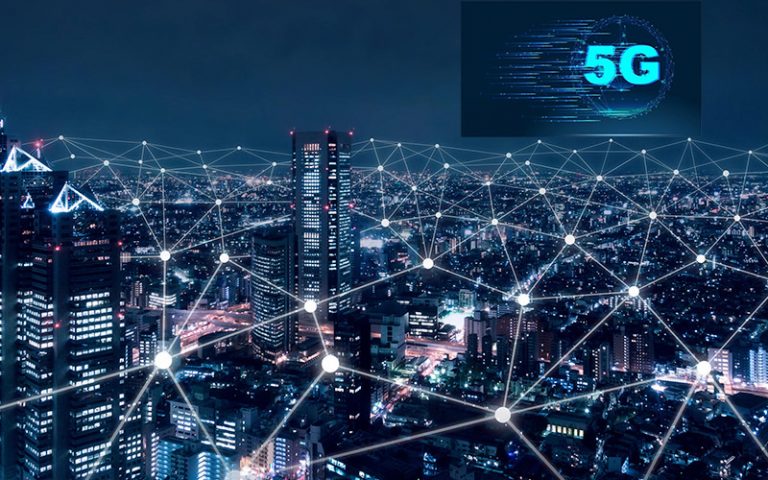5G Radiation and Pores and skin Cancer

This article discusses the subject of 5G radiation. It is a non-ionizing form of electromagnetic radiation. Because 5G radiation is small, it doesn't have the ability to break the chemical bonds of biological tissues or trigger any changes to cells. It is not known whether 5G radiation can affect the risk of skin cancer, and no evidence has been discovered to suggest it may cause any other diseases.
High-frequency millimeter radiation
High-frequency millimeter wave radiation from mobile devices and wireless networks could cause health effects to humans. There are 5g towers radiation that this radiation can cause harm. In some instances radiation may cause damage to a person's DNA. In other cases the radiation may cause harm to other areas in the human body including the brain.
Recent studies have shown that 5G technology may result in the heating of tissues. This is why the International Council on Non-Ionizing Radiation Protection (ICNIRP) has called for a review of the existing safety standards for biological and thermal radiation. 5g radiation don't protect people from excessive heating when exposed to pulsed millimeter wave radiation.
Skin cancer risk
There is no definite answer yet to the question of whether 5G radiation causes skin cancer. It is however believed that 5G RF-EMFs behave like high-LET ionizing radiations. In turn, they may cause large amounts of free radicals that can be found in the skin. The FCC hasn't issued any specific guidelines regarding the risks of 5G technology. The debate is ongoing.
While there are plenty of studies on the effects of radio waves that are higher frequency on human health, these studies remain largely in their scope. However, there is concern over the effects of millimeter-wavelength exposure on oxidative stress and gene expression. The effects could extend to the skin and other organs, including the brain.

The impact of other illnesses
The latest generation of technology for wireless, 5G, is rapidly growing in popularity, but scientists are warning of the potential health risks it could pose. The technology will significantly increase the quantity of electromagnetic radiation found within our environment. This issue has led to debates in a variety of nations including Switzerland. In September 2017, 390 scientists and doctors were in favor of the suspension of 5G technology. This call was ignored by the European Commission, which is in charge of controlling the use of technology like 5G.
In the end, it is necessary to conduct more research to determine the health impacts of 5G. While we wait studies have proven that 5G doesn't cause the same effects in humans as old mobile networks. It also does not spread an entirely new strain of coronavirus. Furthermore it doesn't make people more vulnerable to viral infections.
The measurement of exposure
Monitoring the radiation exposure of 5G is an important aspect in ensuring the safety of 5G networks. There are two ways to determine exposure. One involves measuring RF power absorption by human tissue. The other involves measuring the quantity of radiofrequency energy released through an object. Radiation frequency energy (RF) refers to an electromagnetic field of energy that comes directly from radio receivers.
The United States, the FCC has implemented a limit on the energy density of 5G mobile devices. These tests can only determine power density at a distance of several inches, and the FCC does not require the measurement of every beam. However, how much power is generated by each beam is estimated using computer simulation. The most extreme scenario is then selected according to the design of each beam.
The study has its limitations
There has been a lot of debate about whether 5G radiation will affect human health. The Swiss government, for example has issued an assessment that concludes that 5G technology does not cause adverse health effects in the short term, but there aren't any studies that have demonstrated long-term impacts. But, the report has several issues and bias in reports.
does 5g emit radiation and frequency of radio waves that transmit energy are determined by the frequency. The energy that is carried by a millimetre-wave will be the same as that of current radio waves however they will be less visible and will be better suited for high-density environments because they cannot be obscured by walls or glass. Urban areas with high density would require a high number of smaller, low-power locations, while suburban areas would benefit from 5G sites operating at lower frequencies.
